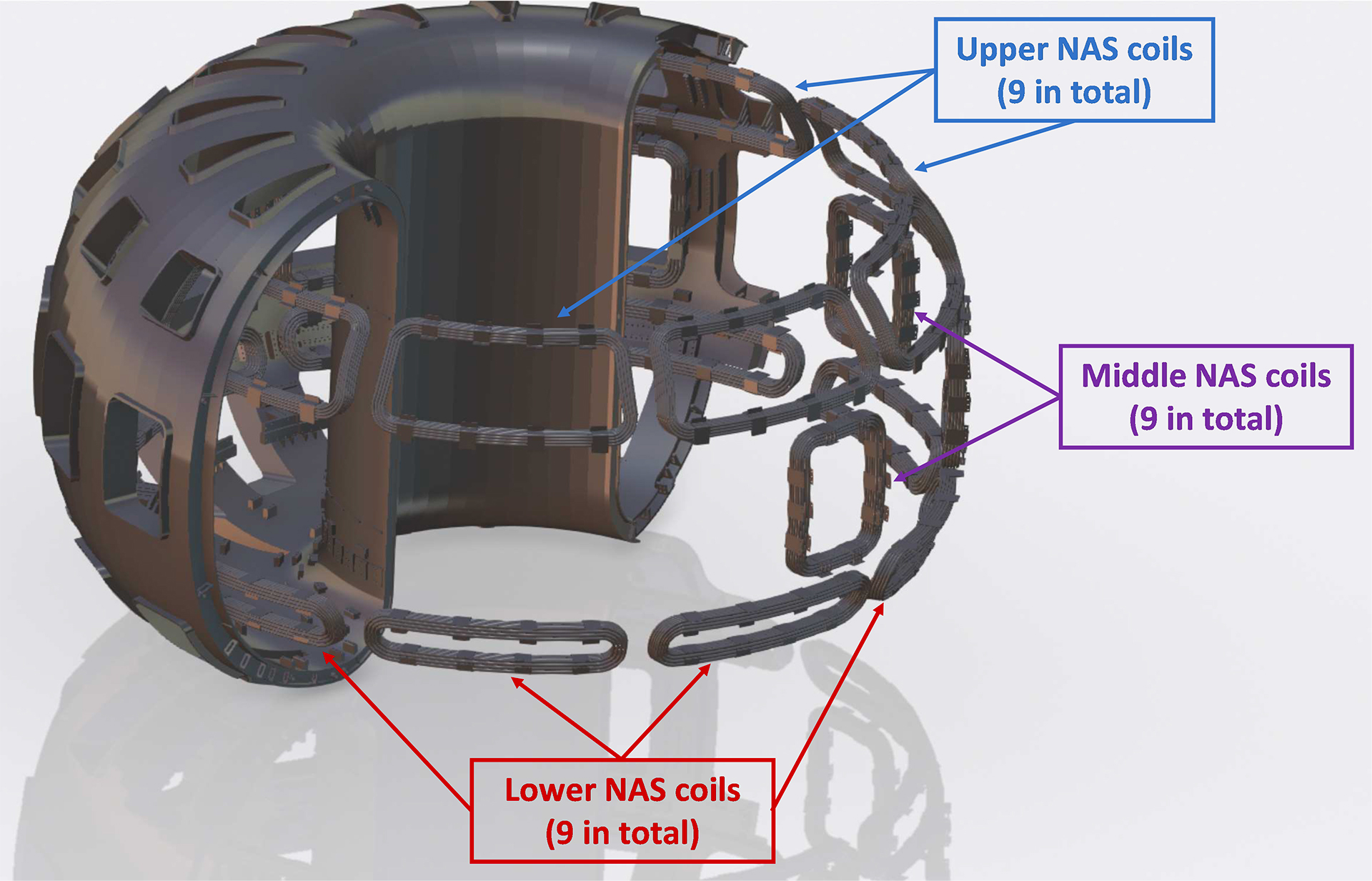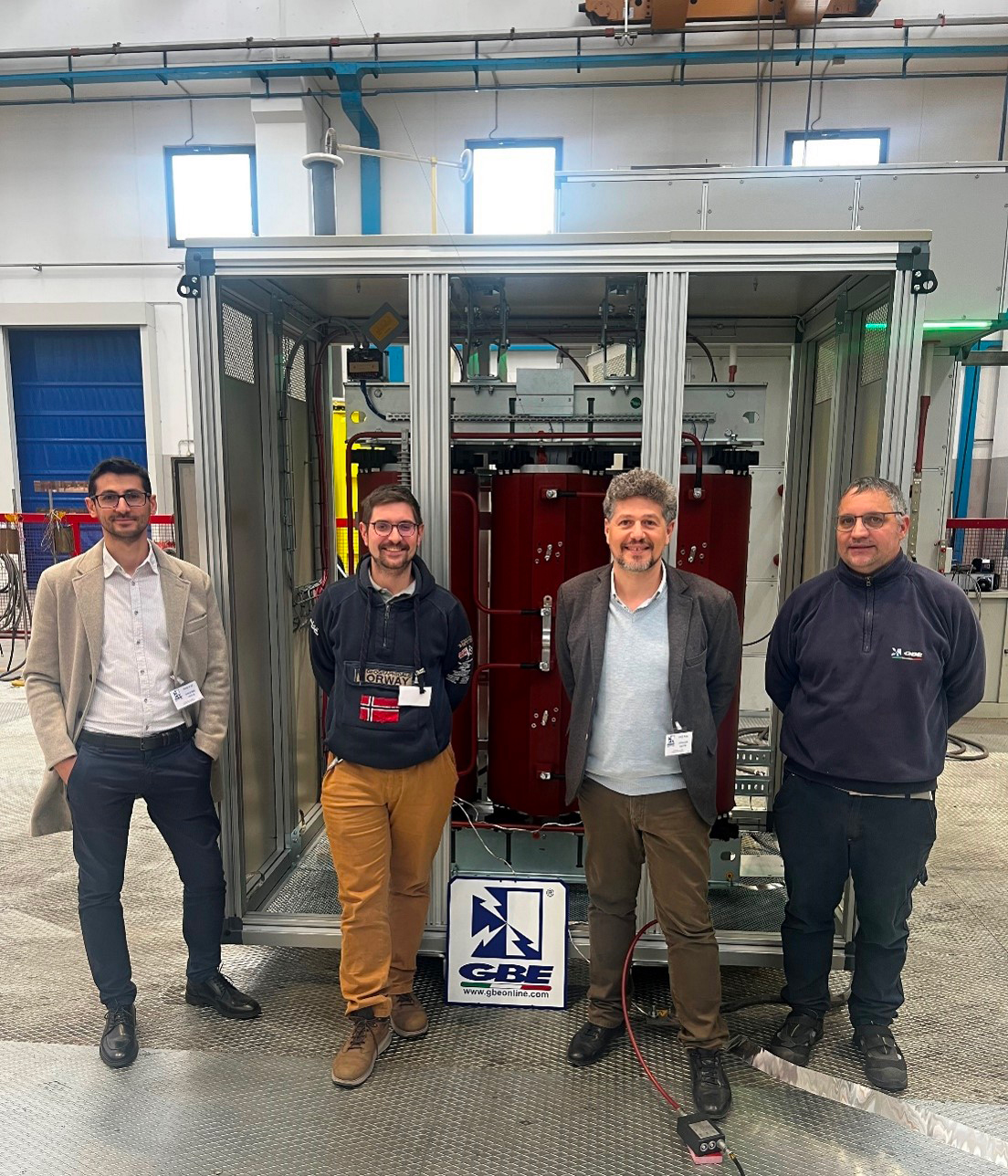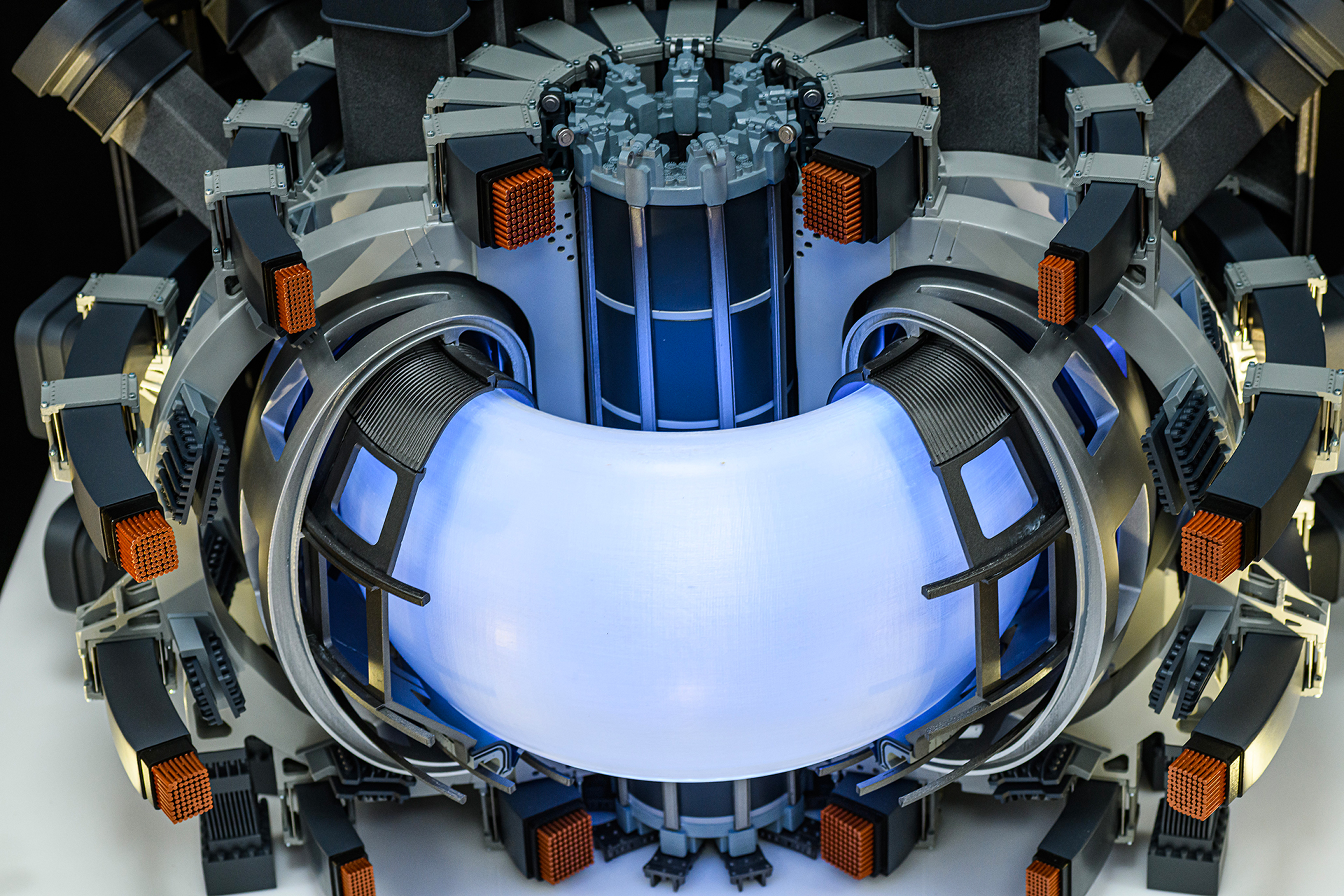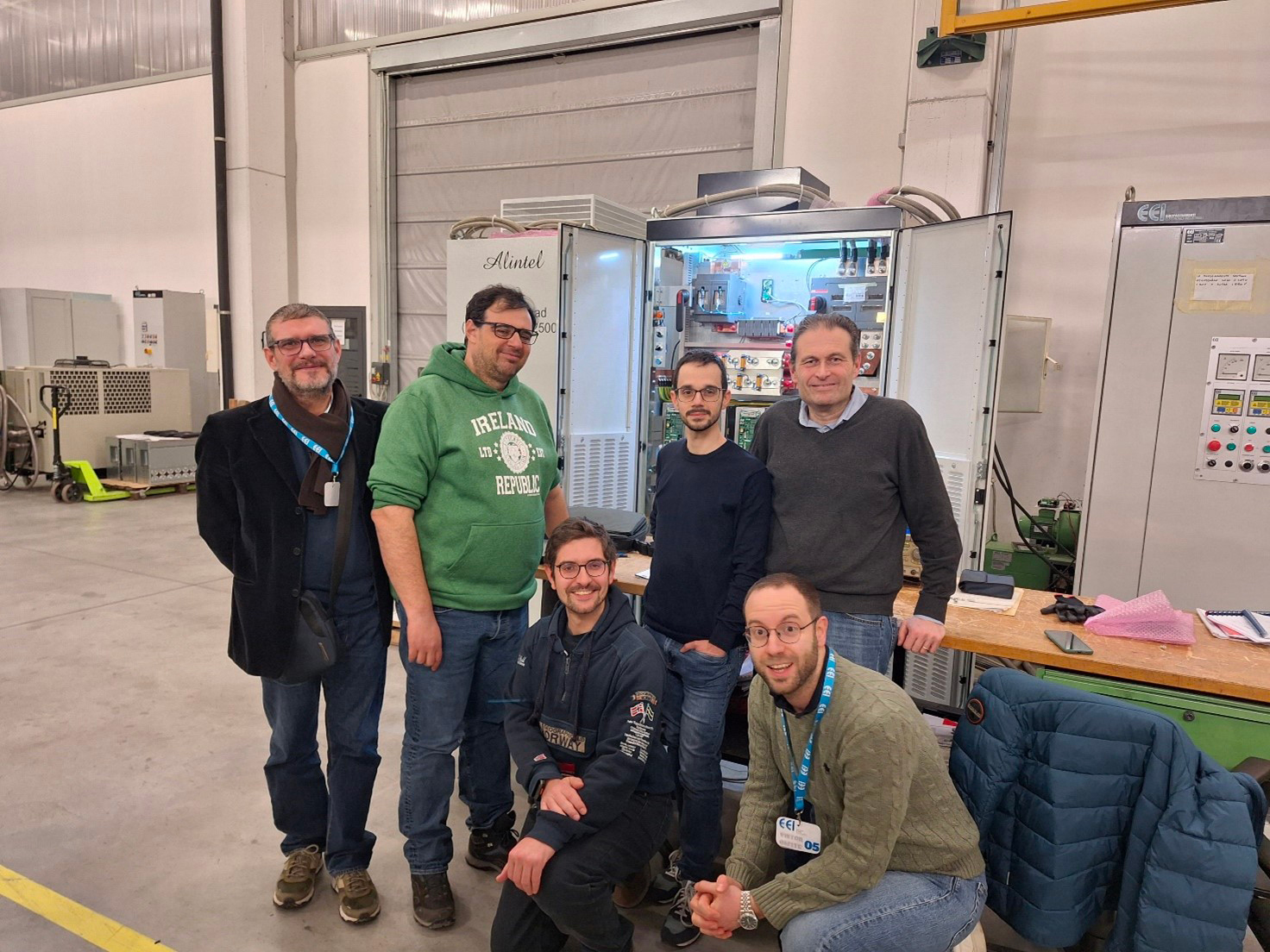Italian National Agency for New Technologies, Energy and Sustainable Economic Development
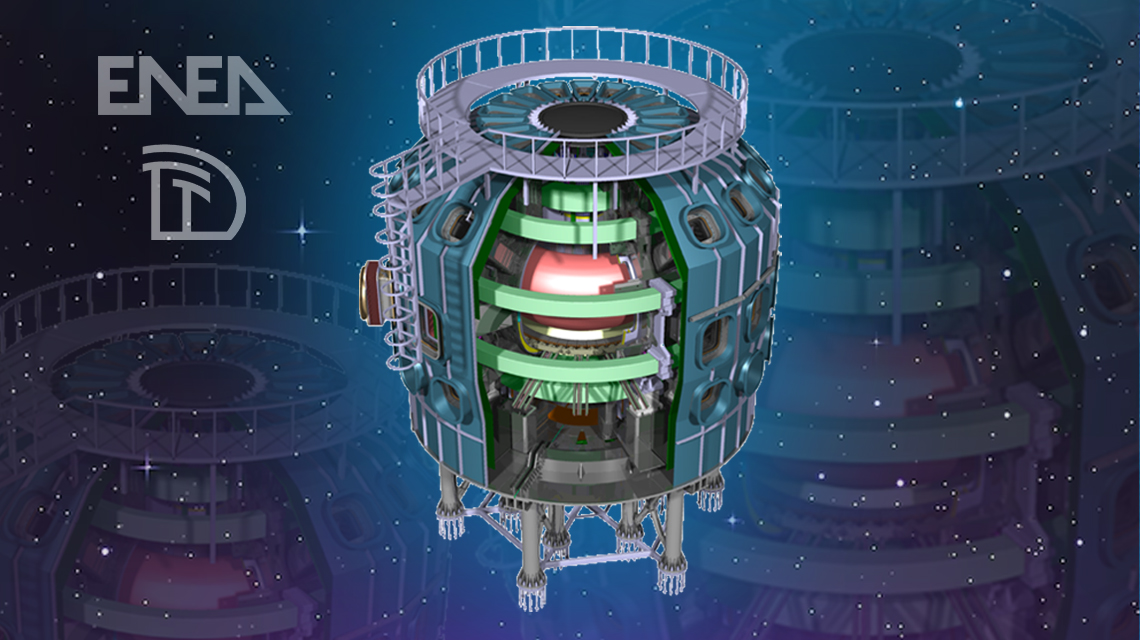
Energy: Fusion, power supply systems for DTT coils completed
A major milestone has been successfully achieved in the construction of the DTT (Divertor Tokamak Test), Italy’s experimental fusion research facility currently under development at the ENEA Research Centre in Frascati. The first components of the power supply system for the 27 coils that will make up the tokamak have now been manufactured and tested. These coils are essential for containing and controlling the energy and particles generated during fusion reactions—preventing energy losses and protecting the internal walls of the machine.
The contract was awarded to Equipaggiamenti Elettronici Industriali (EEI), a company based in Vicenza. EEI has already produced the first of the 27 inverters that will power the coils. The development is part of the DTT-U (Divertor Tokamak Test facility Upgrade) project and is funded by Italy’s National Recovery and Resilience Plan (PNRR), with resources allocated to ENEA.
The power system will draw energy from the national grid at 20 kV through a custom-built three-coil transformer, which was successfully tested at the manufacturing company GBE under the supervision of EEI and DTT personnel. Following preliminary testing, the entire system will be assembled by EEI, undergo acceptance tests, and is scheduled for delivery in October.
“DTT s.c.ar.l. currently represents the most significant example of public-private partnership in the field of fusion energy,”- said Francesco Romanelli, President of DTT s.c.ar.l. - “It brings together three key players: research institutions—first and foremost ENEA, which conceived the facility and provided resources for its development, industry partners such as and the most important Italian energy company ENI, and component suppliers. It’s an experiment within an experiment, one that promises to yield fruitful results. Only by combining the scientific expertise of Italian research institutions, the engineering experience of industry, and the manufacturing skills of suppliers we can accelerate the development of fusion energy and related technologies that could revolutionize our approach to energy.” - Romanelli added - “The emergence of private startups, which have already secured over six billion dollars in funding, demonstrates a growing interest and enormous potential for a more sustainable and efficient energy future.”
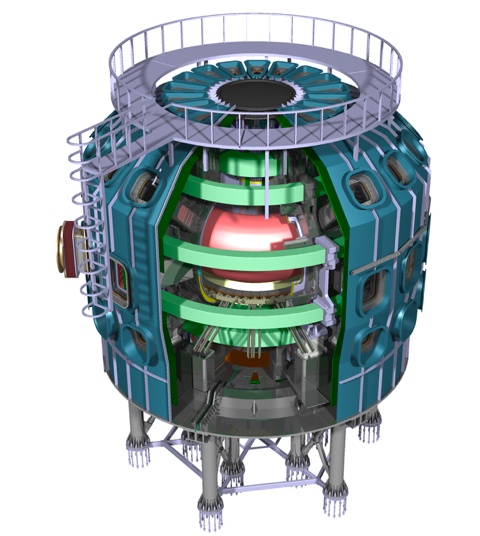
About DTT
DTT is an Italian pilot project aimed at producing clean, safe, large-scale energy using the same process that powers the Sun and stars. It serves as a crucial link between two major international fusion projects: ITER and DEMO—the latter of which is expected to generate electricity from fusion by 2050. The DTT facility is designed to tackle some of the remaining scientific and technological challenges of fusion energy, such as handling the intense power flows generated by the plasma.
The facility will be 10 meters tall with a 5-meter radius and will confine 33 cubic meters of plasma at temperatures of 100 million degrees Celsius. It will generate an electrical current of 6 million Amperes—the equivalent of powering six million light bulbs—with a thermal load on materials reaching up to 20 megawatts per square meter—more than twice that experienced by rocket engines during launch. Over 40 km of superconducting cables made from niobium, tin, and titanium will operate at temperatures as low as –269°C, just a few centimeters away from the plasma.
DTT is being built by a consortium led by ENEA, in collaboration with ENI and numerous Italian research institutions and universities. The project involves over €600 million in investments and is expected to generate an economic and employment impact of around €2 billion. It will also create one of the world’s most advanced scientific and technological hubs, open to researchers and scientists worldwide.
What is Nuclear Fusion?
Nuclear fusion is a process that seeks to produce renewable, virtually inexhaustible, and intrinsically safe electricity by replicating the mechanism that powers stars. Energy is released when two light atomic nuclei—such as hydrogen—fuse together, producing a neutron and helium, a noble gas widely used in everyday life. Fusion generates no greenhouse gas emissions, produces no long-lived radioactive waste, and carries no risk of catastrophic accidents: the only radioactive materials involved—tritium fuel and activated components—remain contained within the reaction chamber, isolated from the environment.
In addition to being environmentally friendly and inherently safe, fusion paves the way for the development of innovative technologies with applications across various fields. There are two primary methods for initiating fusion:
- Magnetic confinement, where powerful superconducting magnets trap hydrogen gas in a doughnut-shaped chamber and heat it to over 100 million degrees Celsius to form plasma.
- Inertial confinement, where high-powered lasers compress and heat frozen deuterium-tritium fuel pellets to trigger fusion reactions.

